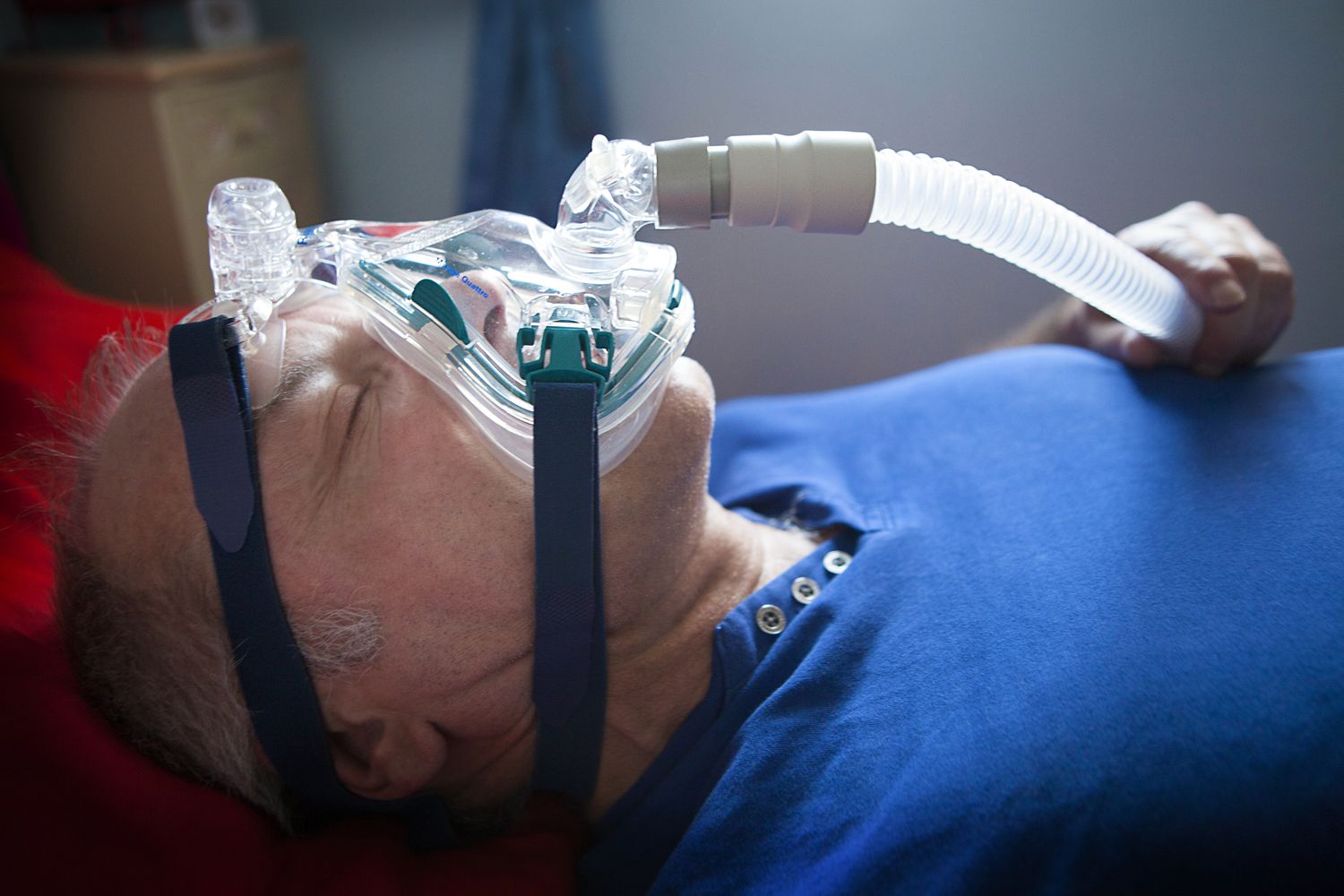BiPAP vs. CPAP: What’s the Difference?


CPAP, BiPAP, and ASV: Understanding the Differences
CPAP Therapy
The standard treatment for obstructive sleep apnea is the use of a machine that provides support to keep your airway open while you are asleep. This can be accomplished with continuous positive airway pressure (CPAP). In CPAP, a constant flow of pressurized room air is provided via a face mask. The pressure setting of this airflow is often determined by a doctor based on your needs.
BiPAP or Bilevel Therapy
A similar therapy is called bilevel, or BiPAP, but it differs in important ways. The "bilevel" component refers to the fact that there are two pressures, which the machine is able to alternate between. This allows you to breathe in with higher pressure and breathe out against a slightly lower pressure. BiPAP may be required when pressures are higher to improve comfort, especially at PAP pressures that are 15 centimeters (cm) of water pressure or higher.
Do I Need CPAP or BiPAP?
People with the most common form of obstructive sleep apnea usually start treatment with CPAP or AutoCPAP. Bilevel, or BiPAP, is more often used to treat central sleep apnea, which is characterized by pauses in breathing without obstruction of the airway. Central sleep apnea may occur more often in people who have had heart failure, or a stroke, or in those who chronically use narcotic pain medications.
Setting Options
Some devices are quite sophisticated, varying the airflow that is delivered to compensate for respiratory and neuromuscular disorders that affect breathing as well. These disorders include chronic obstructive pulmonary disease (COPD), amyotrophic lateral sclerosis (ALS), and other conditions.
What’s the Difference in Using BiPAP vs. CPAP with COVID-19?
CPAP has been used successfully to treat people with COVID-19. BiPAP may be used in more severe COVID-19 cases, as it offers more breathing support unless or until intubation is needed. BiPAP also may be a treatment endpoint for people who don’t want intubation.
Conclusion
In conclusion, CPAP, BiPAP, and ASV are all used to treat sleep apnea, but they differ in their approach and application. CPAP is the most common and effective therapy for obstructive sleep apnea, while BiPAP is often used to treat central sleep apnea. Understanding the differences between these therapies can help you make informed decisions about your treatment options.
FAQs
Q: What is the difference between CPAP and BiPAP?
A: CPAP provides a constant flow of pressurized air, while BiPAP alternates between two pressures to allow for more comfortable breathing.
Q: When is BiPAP used?
A: BiPAP is often used to treat central sleep apnea, which is characterized by pauses in breathing without obstruction of the airway.
Q: Can CPAP be used to treat COVID-19?
A: Yes, CPAP has been used successfully to treat people with COVID-19.
Q: What is ASV?
A: ASV is a type of therapy that varies the airflow to compensate for respiratory and neuromuscular disorders that affect breathing.
Recent Posts
11 Nuts and Seeds That Are High in Magnesium
Write an article about Magnesium Content in Nuts and Seeds Nut/Seed Magnesium (mg) Daily Value…
Do I need to eat more protein?
Write an article about In the ever-changing wellness industry, one diet obsession has captured and…
How a Free Week at CrossFit Invictus Changed Jorge Fernandez’s Life
Write an article about An athlete since he was 4 years old, Jorge Fernandez participated…
People are getting costly stem cell injections for knee osteoarthritis
Write an article about More than 500 million people around the world live with osteoarthritis.…
Put a finger down if TikTok has made you think you have ADHD
Write an article about Young adults love TikTok. In 2024, the app had nearly 2.5…
Ghee vs Butter: Which One Is Better for Your Health?
Differences Between Ghee and Butter What is Ghee? Ghee is a type of clarified butter…


